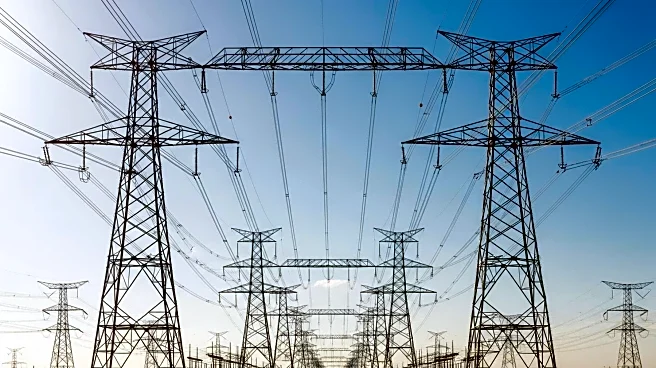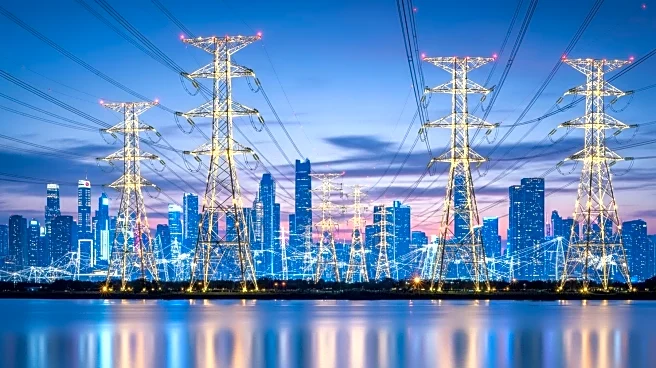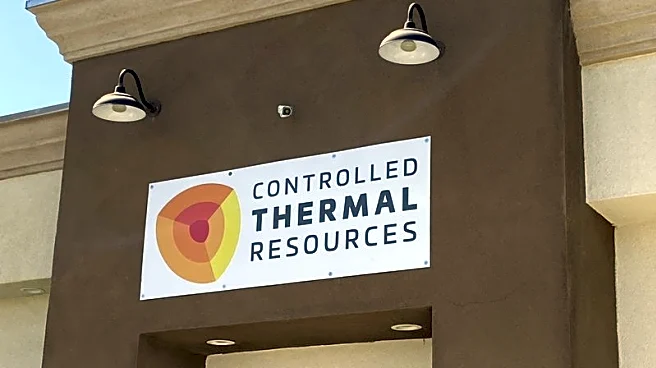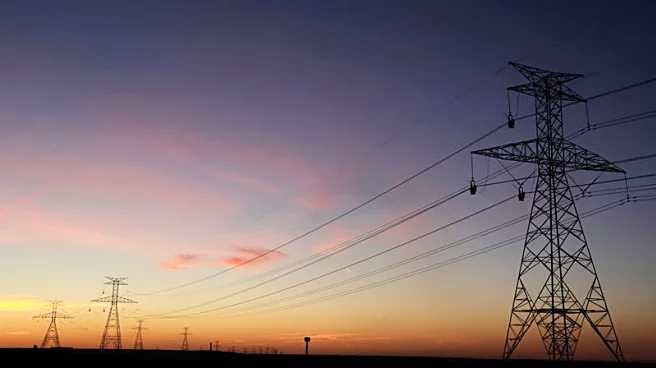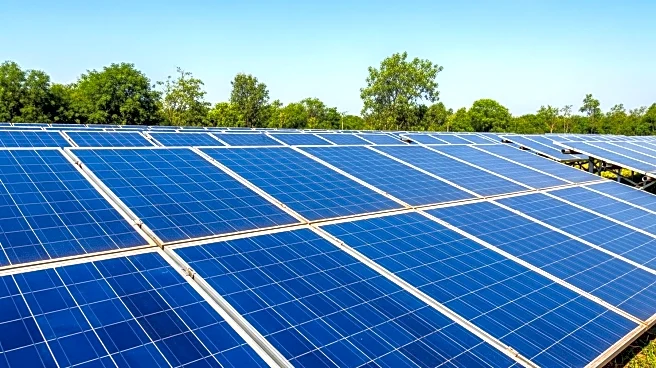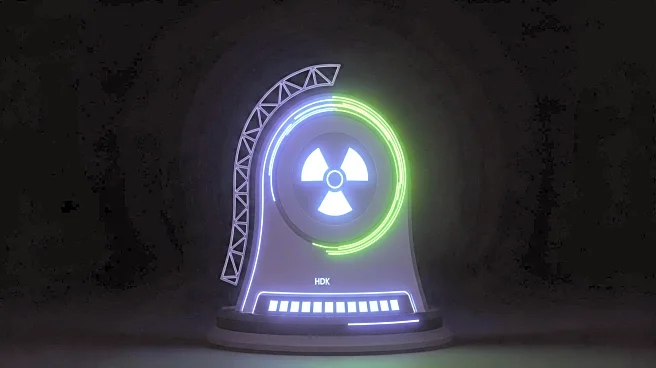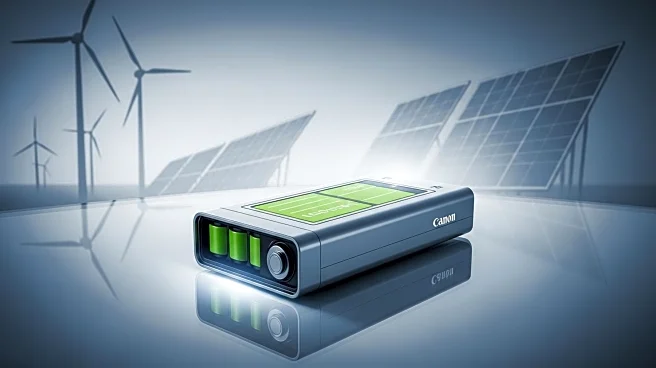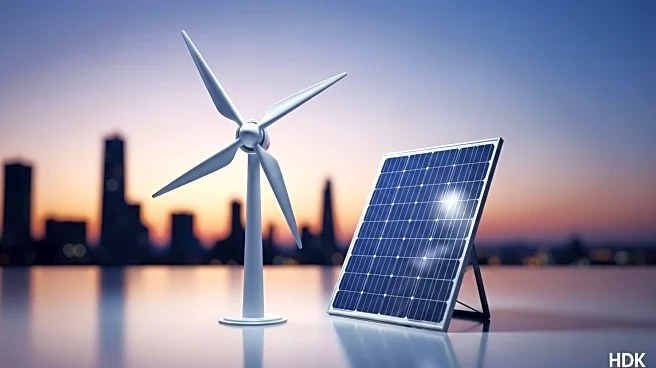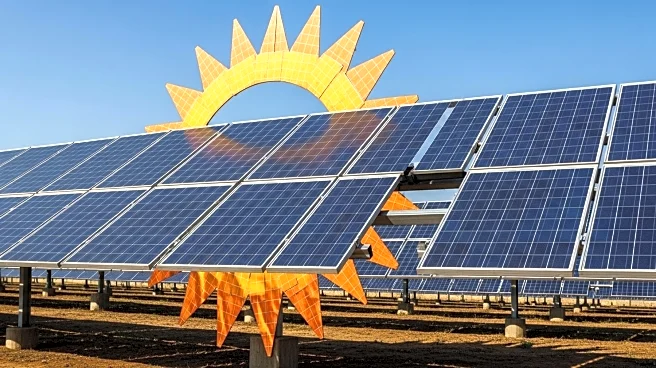What's Happening?
The U.S. electric grid is experiencing faster growth than anticipated, with a projected increase in electricity generation of 2.3% this year and 3% in 2026, according to the Energy Information Administration (EIA). This growth is driven by increased demand from data centers and industrial customers, as well as colder-than-expected weather earlier in the year. Utility-scale solar projects are leading the expansion, expected to generate 33% more electricity in 2025 compared to 2024. Wind, hydropower, and nuclear energy are also contributing to the growth, while natural gas generation is expected to decline due to higher fuel prices.
Why It's Important?
The rapid growth of the electric grid highlights the increasing demand for renewable energy sources in the U.S. As solar and wind energy become more prominent, the country is moving towards a more sustainable energy future. This shift has significant implications for reducing carbon emissions and combating climate change. However, the decline in natural gas generation due to rising prices could impact energy costs and availability, particularly in regions heavily reliant on natural gas. The transition also presents opportunities for investment in renewable energy infrastructure and technology.
What's Next?
The continued expansion of renewable energy sources will likely drive further investments in grid infrastructure and technology to accommodate the growing demand. Policymakers and industry leaders may focus on enhancing grid reliability and integrating more renewable energy into the system. Additionally, the shift away from natural gas could prompt discussions on energy policy and the role of different energy sources in the U.S. energy mix.
